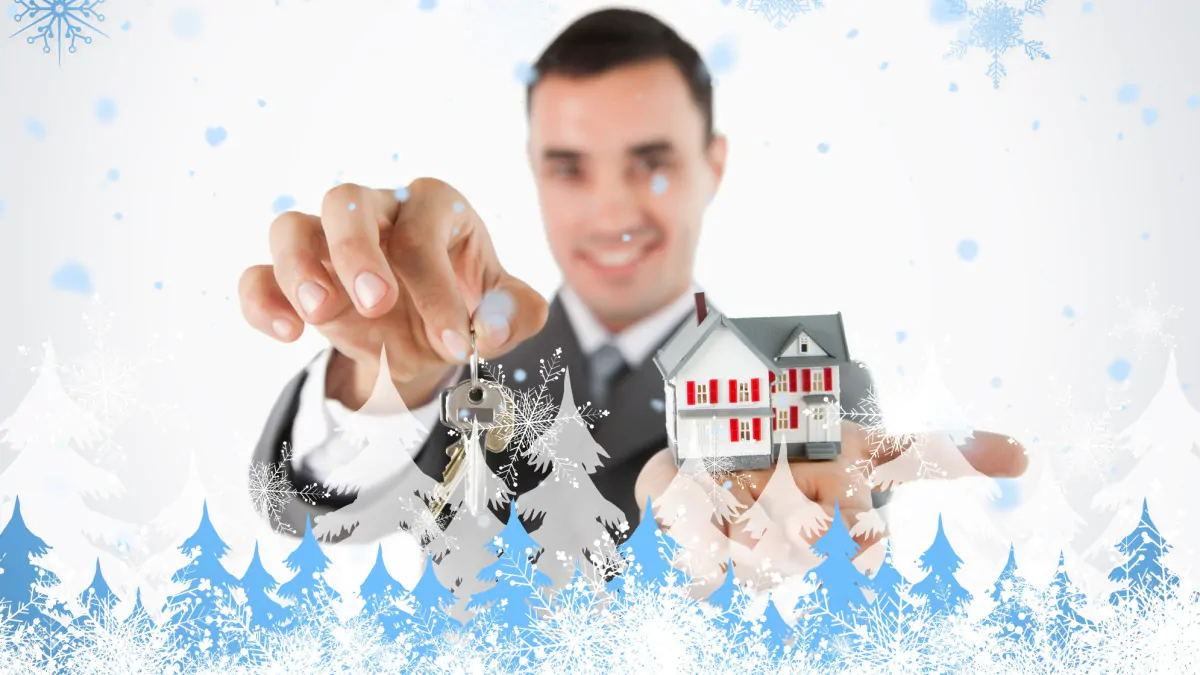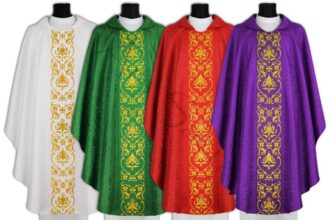As the days grow shorter and temperatures drop, preparing your rental properties for winter becomes not just smart but essential. Harsh weather can lead to costly repairs, unhappy tenants, and even liability issues. By taking proactive steps before winter sets in, landlords can ensure their properties remain safe, warm, and protected from seasonal damage.
Here are some essential winter prep tips every landlord should follow.
1. Inspect and Service Heating Systems
A reliable heating system is essential for keeping rental properties comfortable and safe during the winter. Before the cold sets in, schedule a professional HVAC inspection to ensure everything is running efficiently. This includes replacing air filters, checking for ductwork leaks, and confirming that the thermostat is functioning correctly. For properties with a boiler or furnace, be sure to have it thoroughly cleaned and inspected.
If you’re located in the area, consider scheduling furnace repair in Draper to address any issues before they escalate. Additionally, encourage tenants to report any heating problems promptly and offer guidance on how to use thermostats and space heaters safely.
2. Check for Drafts and Seal Windows and Doors
Cold air can easily sneak in through unsealed windows and doors, making heating systems work harder and increasing energy bills. Inspect all windows and doors for drafts, and apply weather stripping or caulk to seal gaps. Consider installing door sweeps and thermal curtains for added insulation.
Not only will this keep the rental warmer, but it can also lower energy costs and improve tenant satisfaction.
3. Insulate Pipes to Prevent Freezing
Frozen pipes are one of the most common—and expensive—winter problems for landlords. Insulate exposed pipes, especially in unheated areas like basements, attics, or exterior walls. Foam pipe sleeves or heat tape can help prevent freezing.
Remind tenants to keep the heat on—even if they’re away—and to let faucets drip slightly during extreme cold to keep water moving.
4. Clean Gutters and Downspouts
Clogged gutters can lead to ice dams, which cause water to back up under the roof and leak into the property. Before the first snowfall, clean all gutters and downspouts to ensure proper drainage.
Installing gutter guards can reduce maintenance and protect against leaves and debris that cause blockages.
5. Inspect the Roof for Damage
A damaged roof is vulnerable to leaks, especially under the weight of snow and ice. Have a professional inspect your roof for missing shingles, cracks, or other signs of wear. Make necessary repairs and ensure flashing around vents and chimneys is secure.
In areas with heavy snowfall, consider installing snow guards to prevent large sheets of snow from sliding off the roof unexpectedly.
6. Prepare Outdoor Areas
Outdoor areas require just as much attention as the interior. Turn off and drain exterior faucets and sprinkler systems to prevent frozen pipes. Store garden hoses and cover outdoor spigots with insulated caps.
Trim overhanging branches near the building to reduce the risk of snow-laden limbs falling and causing damage. Also, ensure walkways, driveways, and stairs are in good condition and won’t become slip hazards when icy.
7. Stock Up on Snow and Ice Supplies
If snow removal is part of your responsibility, make sure you have snow shovels, salt, or ice melt ready. For larger properties, hire a snow removal service in advance to avoid delays after the first storm.
Clearly outline in the lease who is responsible for snow and ice removal. Tenants should understand their role in keeping sidewalks and entrances clear.
8. Test Smoke and Carbon Monoxide Detectors
With windows closed and heating systems running, carbon monoxide risks increase in winter. Test all smoke and CO detectors and replace batteries as needed. Ensure every floor and bedroom has functioning detectors to meet safety codes.
This not only protects your tenants but also shields you from potential legal liability.
9. Communicate with Tenants
Good communication is key. Send tenants a winter readiness checklist that includes tips like keeping the heat on, reporting leaks, and knowing where the main water shut-off is located.
Let them know how to reach you or your property manager in case of emergencies, and encourage them to notify you of any drafty areas, heating issues, or leaks promptly.
10. Review Insurance Coverage
Finally, review your landlord insurance policy to ensure you’re covered for winter-related incidents like burst pipes, roof damage, or slip-and-fall claims. It’s also wise to remind tenants about renters insurance to protect their personal belongings.
In Conclusion
Preparing your rental properties for winter isn’t just about avoiding maintenance headaches—it’s about ensuring tenant safety, protecting your investment, and promoting long-term property health. By taking these simple but crucial steps, landlords can face the cold season with confidence and peace of mind.
A winter-ready rental is a warm, safe, and happy home—and that’s something every landlord should aim for.

















